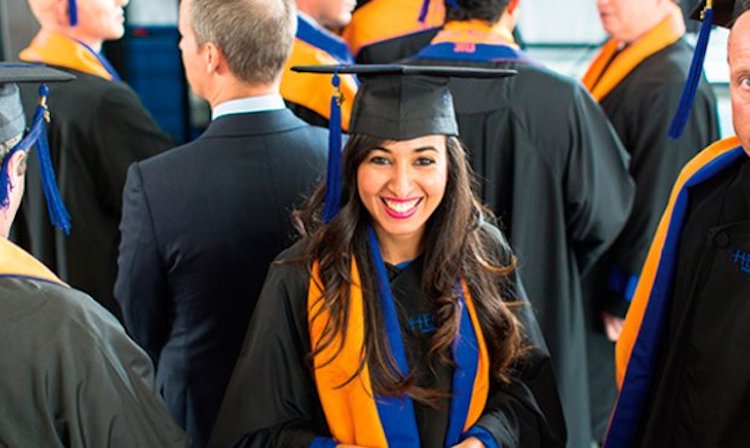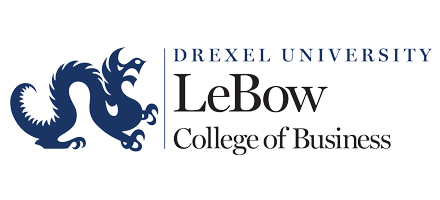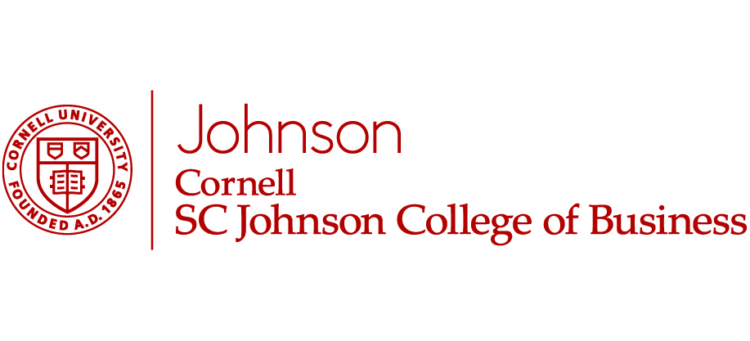
Graduates of HEC Paris’ International Executive MBA program which won top honors in 2019 from the Financial Times
The joint executive MBA program put on by Northwestern University Kellogg School of Management and Hong Kong University of Science and Technology has long had a lock on the top spot in the Financial Times ranking of the world’s best EMBA programs. For nine times in 18 rankings, including the last three, this partnership program has been unbeaten as the top EMBA offering in the world.
No more. The new 2019 EMBA ranking by the Financial Times has a new winner: The HEC Paris International Executive MBA that is offered in both France and Qatar. The HEC program climbed five places to nudge aside the Kellogg/HKUST program for top honors. According to the FT, the program benefitted from the career progress (where it ranked first) as well as the amount of work experience (rising to fifth this year from 39th in 2018) of the surveyed graduates. Only two years ago, the program wasn’t even ranked by the FT.
In the FT‘s quirky list of the best EMBAs, partnership programs tend to dominate, even though many consider them less than desirable than Executive MBA offerings that are the sole domain of a single school which can have stronger control over the program’s quality. Ten of the FT‘s top 25 programs are the result of partnerships among two or more schools.
MIT SLOAN IS THE HIGHEST RANKED STANDALONE EMBA IN THE U.S.
Nonetheless, the highest ranked standalone EMBA options in the U.S., according to this ranking, is MIT Sloan School of Management, ranked 15th globally, Yale School of Management, ranked 17th, and the University of Chicago’s Booth School of Business, which came in at a rank of 21st. In fact, Yale is this year’s highest ranked newbie. The FT said alumni of the school’s EMBA program recorded the biggest boost in salary three years after graduation, a 123% jump on average.
Rounding out this year’s top five after HEC Paris was the Kellogg/HKUST program, then the EMBA program known as Trium, a three-way partnership among HEC Paris, the London School of Economics and New York University’s Stern School of Business. In fourth place is another partnership, also with three players, Columbia Business School, Hong Kong University and London Business School. Ceibs’ Global Executive MBA program in China, Switzerland and Ghana finished in fifth place, exactly where it was last year.
International schools tend to do better in the FT ranking because 18% of the methodology is dedicated to such international-related data as international faculty (5%), international students (5%), international course experience (5%), international board (2%), and having at least a portion of the program in a different language than English (1%). HEC Paris’ got considerable help from the methodology because 69% of its faculty and 81% of its EMBA students are from outside France.
SALARIES THREE YEARS AFTER GRADUATION LOOMS LARGE IN THE RANKING
Though the FT considers 16 different metrics to come up with its ranking, some 40% of the entire list is based on just two measures: Salaries three years after graduation and the percentage increase in alumni pay over pre-EMBA salaries. That heavy emphasis on compensation tends to favor programs with more senior executives. That is one of the major reasons why the Kellogg/HKUST program has done so well over so many years. In 2019, that program again leads all schools in alumni salaries three years after graduation which averaged a whopping $513,014. That tidy sum reflects a salary increase for students of 63%, 26th best of the 100 schools in the ranking.
Yet, there’s even a hitch in this metric that tends to favor schools that enroll large numbers of students from countries with high rates of poverty. That is because the compensation numbers are adjusted by the Financial Times to account for purchasing power parity (PPP), a factor that favors China. Six of the most highly ranked dozen schools have a connection to China.
That’s why some of the best Executive MBA programs in the world fare surprisingly poorly in the Financial Times ranking. Chicago Booth, often regarded as one of the top three U.S. EMBAs, is ranked 21st, while Kellogg is ranked 32nd and Columbia Business School is in 36th place. The University of Pennsylvania’s Wharton School, with its east and west coast campuses, doesn’t even make the list because the school declines to cooperate with the ranking.
Overall, a total of 136 programs took part in the 2019 ranking process, including 15 joint EMBA programs delivered by more than one school. A half dozen new EMBA programs made the top 100, including the Indian School of Business, which debuted at a rank of 52nd, and Georgia State University, which finished 83rd.
THE BIG RANKING WINNERS & LOSERS
Among the top 25 ranked programs, the biggest advance was made by Arizona State University’s joint EMBA with (the Shanghai National Accounting Institute. The program jumped 13 places to take 12th place, up from a rank of 25th last year. Columbia Business School’s Global Americas EMBA partnership with London Business School rose eight places to finish in sixth place, from 14th last year. The Executive MBA programs at both Oxford and Cambridge rose seven places each, respectively finishing 10th and 18th.
London Business School also fared well, rising six places to rank eighth, its first top ten finish ever. The FT attributed the improvement to a big boost in alumni salaries to $292,023 this year from $243,250 in 2019. “There has also been a rise in the percentage salary increase, from 68% last year to 78% now,” according to the FT. “Other strong factors are increases in career progression, from 24th last year to 12th position, and research, from 17th to 10th over the same time frame.”
On the other hand, four of the top 25 EMBA programs each dropped half a dozen places. INSEAD saw two of its programs decline by six spots: its partnership program with Tsinghua University fell to ninth place from third last year, while its standalone global EMBA slipped to 19th from 13th. UCLA’s Anderson School of Management joint EMBA with National Univ. of Singapore declined to 22nd place from 16th in 2018, while Warwick Business School saw its Executive MBA offering fall to 24th from 18th last year.
There’s plenty of volatility on the list. Excluding the 13 EMBA programs that made this year’s list without having been on the 2018 ranking, Nearly one in four of the EMBA programs (23%) experienced double-digit increases or decreases year-over-year.
DON’T MISS: RANKING THE TOP 50 EXECUTIVE MBA PROGRAMS IN THE U.S.




